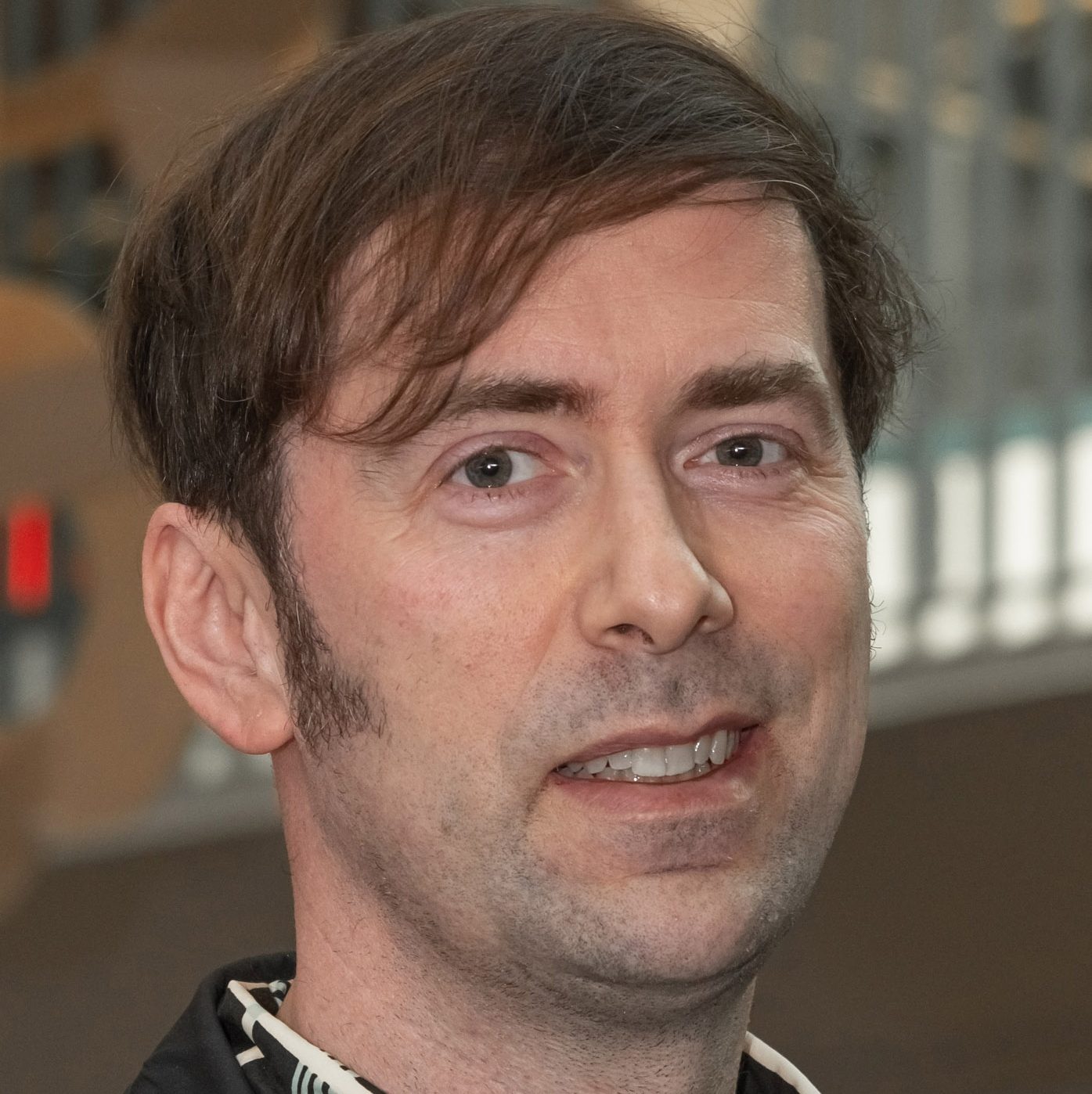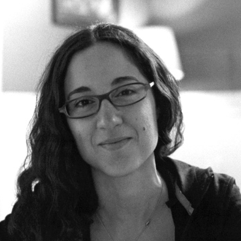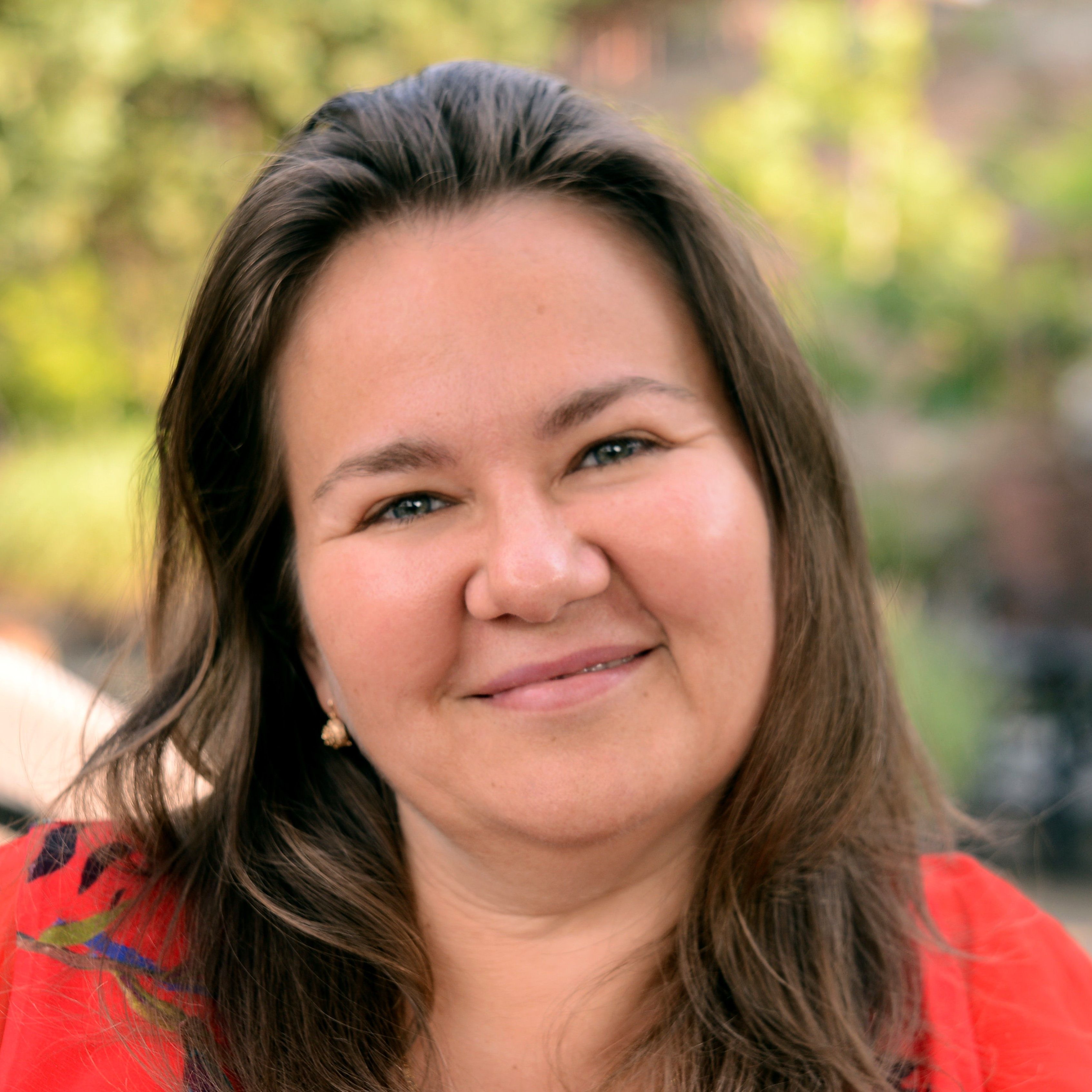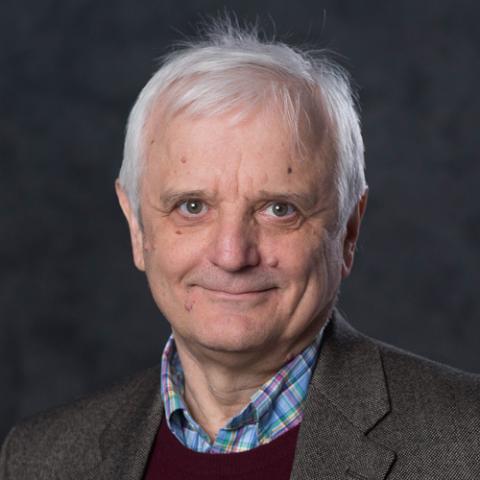
Petter Holme
Aalto University, Finland
Understanding the world from structures in time
Just like the graph structure of social networks can tell us much about social organizing and dynamic social processes, so can structures in the times when things happen. This also generalizes to other types of networks, so please replace « social » with your favorite topic. I will review the last two decades’ research on temporal networks of human interaction and relate it to earlier thoughts about temporal structure in the social sciences and beyond. I will discuss why it is so hard to generalize concepts from static network analysis to temporal networks and the grand challenges of the future in this area. This topic also happens to be a point where many philosophical topics collide: the nature of time, the form of scientific explanations of complex systems, structuralism vs. universality, etc., so time permitting, I will also discuss those topics.
Short bio
Sonia Kéfi
Université de Montpellier, France
The stability and resilience of ecological systems
Abstract: Understanding the stability of ecological communities is a matter of increasing importance in the context of global environmental change. Yet it has proved to be a challenging task. Different metrics are used to assess the stability of ecological systems, and the choice of one metric over another may result in conflicting conclusions. While the need to consider this multitude of stability metrics has been clearly stated in the ecological literature for decades, little is known about how different stability metrics relate to each other. I’ll present results of dynamical simulations of ecological communities investigating the correlations between frequently used stability metrics, and I will discuss how these results may contribute to make progress in the quantification of stability in theory and in practice.
Short bio
Natasa Przulj
Catalan Institution for Research and Advanced Studies (ICREA), Barcelona Supercomputing Center, University College London
Multi-omics network data fusion for enabling precision medicine
Abstract: Increasing quantities of heterogeneous, interconnected, systems-level, molecular (multi-omic) network data are becoming available. They provide complementary information about cells, tissues and diseases. We need to utilize them to better stratify patients into risk groups, discover new biomarkers, re-purpose known and discover new drugs to personalize medical treatment. This is nontrivial, because of computational intractability of many underlying problems on large graphs (networks), necessitating the development of algorithms for finding approximate solutions (heuristics).
We develop a versatile data fusion (integration) machine learning (ML) framework that utilizes the state-of-the-art network science methods to address key challenges in precision medicine from these multimodal network data: better stratification of patients, prediction of biomarkers, and re-purposing of approved drugs to particular patient groups, applied to cancers, Covid-19, Parkinson’s and other diseases. Our new methods stem from graph-regularized non-negative matrix tri-factorization (NMTF), a machine learning technique for dimensionality reduction, inference and co-clustering of heterogeneous datasets, coupled with novel network science algorithms. We utilize our new framework to develop methodologies for improving the understanding the molecular organization and diseases from the omics network embedding spaces.
Short bio
Boleslaw K. Szymanski
Network Science and Technology Center, Rensselaer Polytechnic Institute
Political polarization at the the age of social media
Abstract: By now, it is common knowledge that social media has changed the way information spreads around the internet, but there is paucity of research on how exactly this new spread works. In this talk, we will start by discussing the new patterns of data flow and new roles for users in spreading information that coexist with remnants of the classic two-level propagation. Then, using statistical physics models, we discuss how the presence of social media increases polarization. The model reveals asymmetric hysteresis trajectories with tipping points that are hard to predict and that make polarization extremely difficult to reverse once the level exceeds a critical value. Political scientists have documented increasing partisan division, finding extremist positions to be more pronounced among political elites than among voters, raising the question of how polarization might be attenuated. In this talk, we introduce a general model of opinion change to see if the self-reinforcing dynamics of influence and homophily may enable tipping points that make reversibility problematic. The model applies to a legislative body or other small, densely connected organization, but does not assume country-specific institutional arrangements that would obscure the identification of fundamental regularities in the phase transitions. We also introduced exogenous shocks corresponding to events that create a shared interest against a common threat (e.g., a global pandemic). Phase diagrams of political polarization reveal difficult-to-predict transitions that can be irreversible due to asymmetric hysteresis trajectories. We focus on social media, which has been transforming political communication dynamics for over a decade. Using a billion tweets, we analyzed the change in Twitter’s news media landscape between the 2016 and 2020 U.S. Presidential elections. We then identify influencers, users with the top ability to spread news in the Twitter network. The more influential 2016 users were, the higher was their rate of remaining active and keeping their level of influence in 2020. We also analyze changes in influencers’ real-world affiliations, political biases, and in Twitter users’ choices as to which influencers to retweet and which ideology to subsequently support. Despite the noted decrease in extremely biased content and fake news on Twitter, these results show increasing echo chamber behaviors and latent ideological polarization across the two elections at the user and influencer levels.
Short bio
Ingmar Weber
Saarland University, Germany
From Screen to Sky: Monitoring Migration and Mobility Using Innovative Data Sources
Abstract : What can advertising data tell us about cross-border mobility? And how can satellite imagery be used to monitor displacement during periods of war? In this talk, I’ll present work from the last 10+ years on using innovative data sources to help monitor migration and mobility, in particular during humanitarian crises. First, I’ll show how so-called “audience estimates” from Facebook’s advertising platform can be used to nowcast cross-border migration, before extending this work to monitor country-internal displacement. In the second part, I’ll show how different types of satellite imagery can be used to pick up on a particular signature of mobility: shifts in the geographic distribution of cars. The presented research is joint work with colleagues at the Qatar Computing Research, the Max-Planck Institute for Demographic Research, the University of Oxford, UNICEF Innovation, and others.
Short bio
